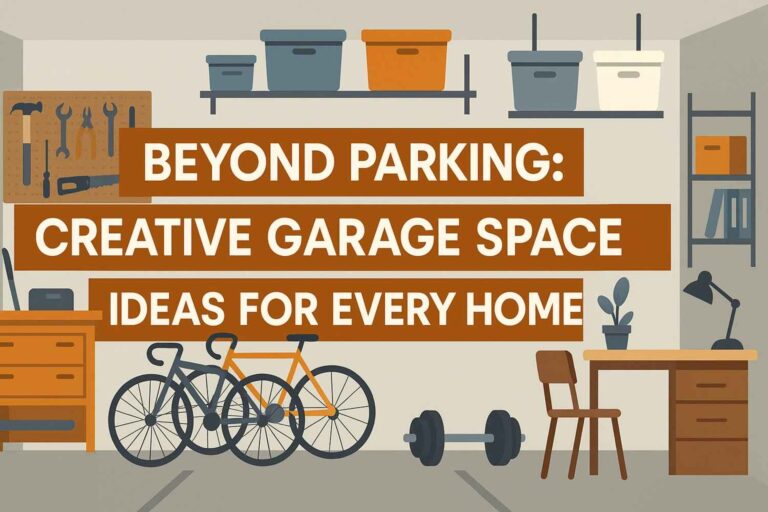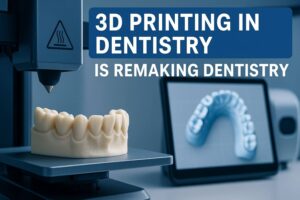Ever wondered what makes a speaker sound the way it does? While many factors contribute to audio quality, one of the most significant is the speaker’s design, specifically its enclosure. The box that houses the speaker driver isn’t just for protection; it plays a critical role in shaping the sound you hear, from the deepest bass notes to the clearest vocals.
What is a Speaker Enclosure?
A speaker enclosure, often called a cabinet or box, is the structure that houses the speaker driver—the component that actually produces sound. When a speaker driver vibrates to create sound waves, it produces sound from both its front and its back. The sound waves from the back are out of phase with the waves from the front. If these opposing waves were to meet, they would cancel each other out, resulting in weak and distorted bass.
The primary job of an enclosure is to isolate the sound waves from the back of the driver, preventing this cancellation and allowing for a fuller, more controlled sound. Beyond that, the design of the enclosure itself can be engineered to enhance certain frequencies, particularly in the bass range, shaping the speaker’s overall sonic signature.
Types of Speaker Enclosures
There are several enclosure designs, but most stereo and home audio speakers fall into one of three categories: sealed, ported, or bandpass.

Sealed Enclosures (Acoustic Suspension)
A sealed enclosure is an airtight box that completely traps the air behind the speaker driver. This trapped air acts like a spring, creating pressure that resists the driver’s movement. This “acoustic suspension” helps the driver return to its resting position more quickly after producing a sound, resulting in tighter, more precise audio.
Pros:
- Accurate Bass: Sealed enclosures are known for their tight, accurate, and articulate bass response. The sound is clean and controlled, making them excellent for music that demands precision.
- Excellent Transient Response: The air pressure helps the driver respond quickly to changes in the audio signal, leading to crisp and detailed sound.
- Smaller Size: Because they don’t require ports or complex internal chambers, sealed enclosures can often be more compact than other designs.
Cons:
- Less Efficient: Creating deep bass requires more power because the driver has to work against the air pressure inside the box.
- Limited Low-End Extension: Sealed boxes typically don’t produce the super-low, rumbling bass frequencies that some other designs can achieve.
Best for: Music genres that prioritize accuracy and detail, such as classical, jazz, and acoustic. They are also a great choice for smaller rooms where overwhelming bass can be problematic.
Ported Enclosures (Bass Reflex)
A ported enclosure, also known as a bass reflex design, features a port or vent that allows air to move in and out of the box. This port is tuned to a specific frequency, using the sound waves from the back of the driver to reinforce the bass output. As the driver moves, it pushes air through the port, creating an additional sound source that boosts low-frequency performance.
Pros:
- Enhanced Bass Output: Ported designs are significantly more efficient at producing low frequencies, resulting in deeper and louder bass.
- Higher Efficiency: They require less amplifier power to achieve high volume levels compared to sealed enclosures.
- Punchy, Powerful Sound: The boosted bass gives the music a powerful and dynamic feel, which many listeners enjoy.
Cons:
- Less Accurate Bass: The bass can sometimes be less precise than in a sealed box, occasionally sounding “boomy” or less defined.
- Potential for Port Noise: If not designed properly, air rushing through the port can create audible turbulence, especially at high volumes.
- Larger Size: The inclusion of a port and the required internal volume generally make these enclosures larger than their sealed counterparts.
Best for: Listeners who love impactful bass. Ported enclosures excel with genres like hip-hop, EDM, rock, and action-packed movie soundtracks where a powerful low-end is a key part of the experience. They are also suitable for larger rooms that can handle more bass energy.
Bandpass Enclosures
Bandpass enclosures are a more complex, hybrid design. In a typical bandpass system, the driver is mounted inside a dual-chambered box. One chamber is sealed, and the other is ported. The sound is produced only through the port, with the driver itself completely hidden. This design acts as a low-pass filter, allowing only a narrow range (or “band”) of bass frequencies to pass through.
Pros:
- Extremely High Efficiency: Bandpass enclosures are designed for maximum bass output within a specific frequency range, making them incredibly loud.
- Driver Protection: The driver is fully protected inside the box, safe from physical damage.
- Rumbling Low Frequencies: They are capable of producing the kind of deep, ground-shaking bass that you can feel as much as you can hear.
Cons:
- Limited Frequency Range: By design, they only reproduce a narrow band of frequencies. This makes them unsuitable as full-range speakers and means they almost always require other speakers to handle the midrange and treble.
- Poor Sound Quality: The focus on sheer volume often comes at the expense of accuracy and detail. The bass can sound muddy and one-note.
- Large and Complex: These enclosures are typically the largest and most difficult to design and build correctly.
Best for: Primarily used in systems where extreme bass output is the main goal, such as in high-performance car audio installations. For a typical home stereo setup, a bandpass enclosure is generally not the best choice for balanced, high-fidelity music reproduction.
How to Choose the Right Enclosure
Selecting the right enclosure type depends on your personal preferences and listening habits. Here are a few tips to guide your decision:

1. Consider Your Favorite Music: If you listen to intricate jazz compositions, a sealed enclosure will reveal every subtle detail. If you’re a fan of bass-heavy electronic music, a ported design will deliver the impact you crave.
2. Think About Your Room: In a small apartment, the powerful bass of a large ported speaker might overwhelm the space. A more compact sealed speaker could provide a more balanced sound. Conversely, in a large living room, a ported speaker might be needed to fill the area with rich audio.
3. Listen Before You Buy: The best way to know what you like is to hear it for yourself. Visit an audio store and listen to different speaker designs with music you’re familiar with. This is also true if you’re looking into custom installations, like for car audio in Utah, where the vehicle’s cabin acts as a unique listening environment.
4. Balance vs. Power: Are you an audiophile seeking the most accurate sound reproduction possible? A sealed enclosure is likely your best bet. Do you want a system that brings the party to life? A ported enclosure will get you there.
Conclusion
The world of speaker design is a fascinating blend of art and science. The enclosure is far more than a simple wooden box; it is a carefully engineered component that defines a speaker’s voice.






